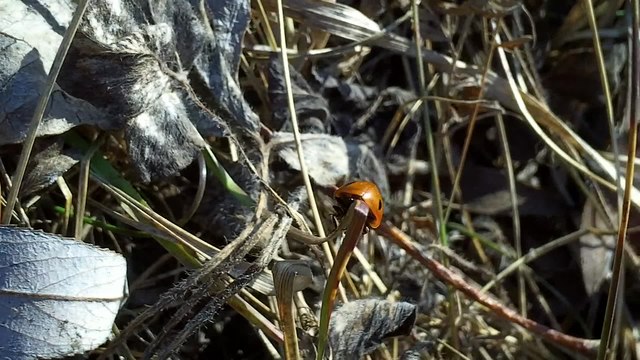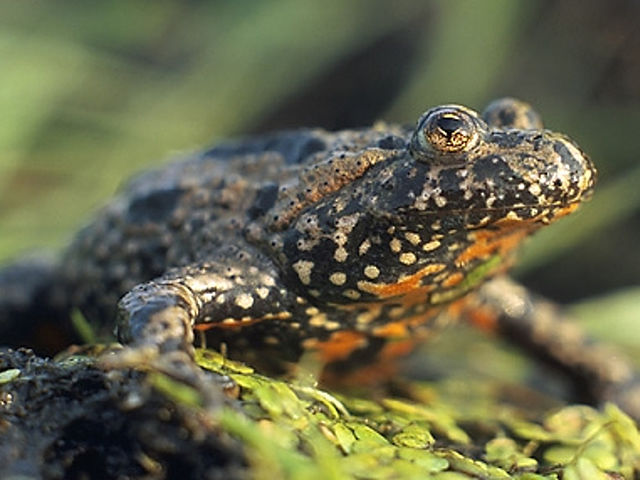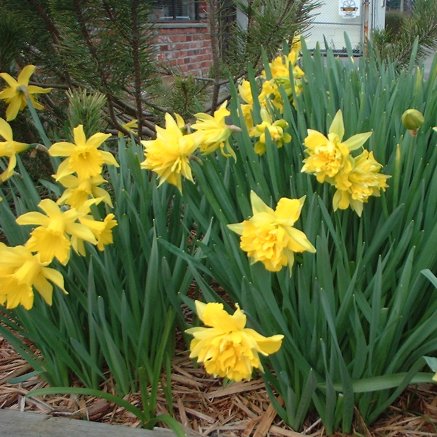If you’re serious about wanting to bring excitement and vitality to your
garden by encouraging wildlife, you need to stop using pesticides.
They’re damaging and counterproductive to
wildlife and to the environment also more and more insects are building up tolerances
towards pesticides.
There are plenty of natural alternatives that use the power of nature to
keep our gardens in order.
We’ll be outlining how you can take control of your garden even by
making the smallest changes.
This will help you to produce a haven for beneficial wildlife, insects, and
plants also be kinder to our environment, which we all share.
Enlist the Power of Beneficial Insects
1.
Ladybirds, also
known as Ladybugs & Ladybeetles


Ladybirds will feast on your aphids, mites and scale insects. The best
ways to attract them are by sheltered conditions, ground cover, foliage and
organic matter.
Flowers that will attract them include: Angelica, Calendula, Chives,
Dill & Fennel
2.
Green Lacewings
Green Lacewings – Their scientific name is Chrysopa
perla, are another useful natural pest control option. They eat aphids, caterpillars,
small beetles and leaf hoppers.
They are attracted by planting flowers from the daisy
family, Tansy or Yarrow
3.
Spiders


Spiders are very beneficial in your garden and feed on aphids,
caterpillars, flies, grass hoppers and cucumber beetles.
Encourage spiders by planting tall plants so they can construct their
webs, flowers, also creating a small area of your garden that is covered in
mulch is a good place for spiders to lay their eggs.
4.
Hedgehogs
Hedgehogs are known as the gardener’s friend for good reason because
they love to eat snails, slugs and other pests that cause havoc in our gardens.
They also root through hedging and undergrowth to find worms, centipedes, mice
and frogs.
To encourage hedgehogs you can build hedgehog houses but they are very
resourceful and will nest under piles of wood, sheds or mounds of leaves.
5.
Frogs


European fire-bellied toad (Bombina bombina)
Frogs and toads eat slugs, snails, spiders and millepedes
– the garden pond is an ideal environment for them and aquatic plants.
6.
Mulches
Spring daffodils in fresh shredded wood mulch
Mulches provide a barrier between your plants and the soil that may
contain pests or disease pores. They also help to control weeds and retain soil
moisture.
Companion Planting
This is the clever use of plants that have natural abilities to help in
the growth of other plants by being a deterrent to pests.
7.
Basil
Incredible Timelapse Footage of basil growth
Grows well with tomatoes therefore if you create a basil border around
your tomatoes they will find it easier to fight off disease because aphids,
white fly, fruit fly and house fly can’t stand it.
8.
Chamomile


A great companion for onions, cabbage and cucumbers as it attracts
beneficial insects.
Very Useful Information
Chamomile also has the following very desirable affects:
·
Known as the plant doctor as it encourages other
plants to increase their essential oils, therefore in turn often smell and
taste stronger
·
Can revive ailing plants when planted near them
·
Can help to activate the composting process when
added to your compost heap
9.
Rosemary

Grows well with beans, cabbage, carrots and sage as it deters bean
beetles, cabbage moth and carrot fly. It works well generally as an insect
repellent.
10.
Sunflowers


Sunflowers grow well with beans, cucumbers and vining plants as they
help to deal with aphids. They also attract bees and butterflies to your garden
as well as providing the most incredible colour and vitality to your garden.
Very Useful Information
Sunflowers are great for encouraging children to play an active part in
the garden. It offers them the opportunity to nurture, from planting the seeds
to watching their on-going development through to a fully formed sunflower.
11.
Prevention
· Soils – Create healthy organic soils, which in turn
will produce strong healthy plants and ensure they are watered well.
· Planting - try to only plant healthy plants in
order to avoid trouble in the form of diseases or pests.
· Remove weak plants or those infected by disease to
avoid them affecting other plants.
· Disinfect those particular tools that have come into contact with infected plants
· Clean and tidy your garden and greenhouse regularly and don't leave rubbish lying around
Final Thoughts
Our gardens are becoming more important as our lives are increasingly
busy. They are a place where we can choose to make a really big statement or
keep it very simple. Ultimately it’s where most of us choose to spend time relaxing
or entertaining our family and friends.
Choosing to
harness the power of natural pest control creates a series of positive outcomes
that can’t be ignored:
·
You save money because after initial investment,
costs are minimal as you’re not shelling out on slug pellets and pesticides
·
Gives you the opportunity to do your bit for the
environment
·
Transforms your garden into a more exciting,
vibrant and healthier place
·
From a child's point of view making such changes to
your garden could turn it into an adventure playground where they were more
likely to interact
·
You’ll feel an incredible sense of achievement as
your garden starts to change and take shape
·
Overall you’re developing a garden that is starting
to function as nature intended and the food chain remains in place
Let me know about your experiences regarding natural pest control - what
worked for you or do you have any other comments or feedback?
Don’t worry if you’re too busy to implement this in your garden, if you’re
in a position to do so employ a Trusted, local, professional gardening company. Preferably one that can deliver great customer
service & has great customer reviews
Article
References
How to Attract Frogs
Article
provided by wikiHow,
a wiki that is building the world's largest and highest quality how-to manual.
Please edit this article and find author credits at the original wikiHow
article on How to Attract Frogs Content on wikiHow can be shared under a Creative Commons
License.
Organic garden
pest control
Image
References
Author: By Malcolm Wilson (Own work) Description: An image of a ladybug
License: This file is licensed under the Creative Commons Attribution-Share Alike 3.0 Unported license.
Author: Gnissa (Own work) Description: Araneus
diadematus (European garden spider), San Jose, California
License: This file is
licensed under the Creative Commons Attribution-Share
Alike 3.0 Unported license
Author: Marek
Szczepanek Description: Bombina bombina
License: "GNU Free Documentation
License" on Wikipedia for an encyclopedia article about the license.
See Commons:Licensing for more information on
licensing issues here on Wikimedia Commons.
This file is licensed under the Creative Commons Attribution-Share
Alike 3.0 Unported license.
Author: Red58bill
(Own work) Description: Spring daffodils
in fresh shredded wood mulch
License: This file is
licensed under the Creative Commons Attribution 3.0
Unported license.
Author: H. Zell Description: Chamaemelum Nobile,
Asteraceae, Roman Camomile, Chamomile, Garden Camomile
License: This file is
licensed under the Creative Commons Attribution-Share
Alike 3.0 Unported license.
Author: By Petar43 (Own work) Description: Rosmarinus
officinalis
License: This file is licensed under the Creative Commons Attribution-Share
Alike 3.0 Unported license.
Author: Jon Sullivan Description: A sunflower
Author: By Wilsonbiggs
Description: The soil profile
with 5 horizons, edited and improved.
License: This file is
licensed under the Creative Commons Attribution-Share
Alike 4.0 International license.
Video
References
Author: By Pristurus (Own work)
Description: Green Lacewing (Chrysopa
perla) filmed at the Wollenberg, Hesse, Germany.
License: This file is
licensed under the Creative Commons Attribution-Share
Alike 3.0 Unported license.
https://www.youtube.com/watch?v=mzytoxXMxoQ#t=23
https://www.youtube.com/watch?v=mzytoxXMxoQ#t=23
Author: The Wildlife Garden Project Description: How to Help Hedgehogs in your garden
License: This file is
licensed under the Creative Commons Attribution 3.0
Austria license.
More Great Blog Posts
Your Gardening Blog - Hints, Tips, Useful Gardening Information & Quizzes
How to Grow Better Fruit Bearing Trees & Quiz


No comments:
Post a Comment